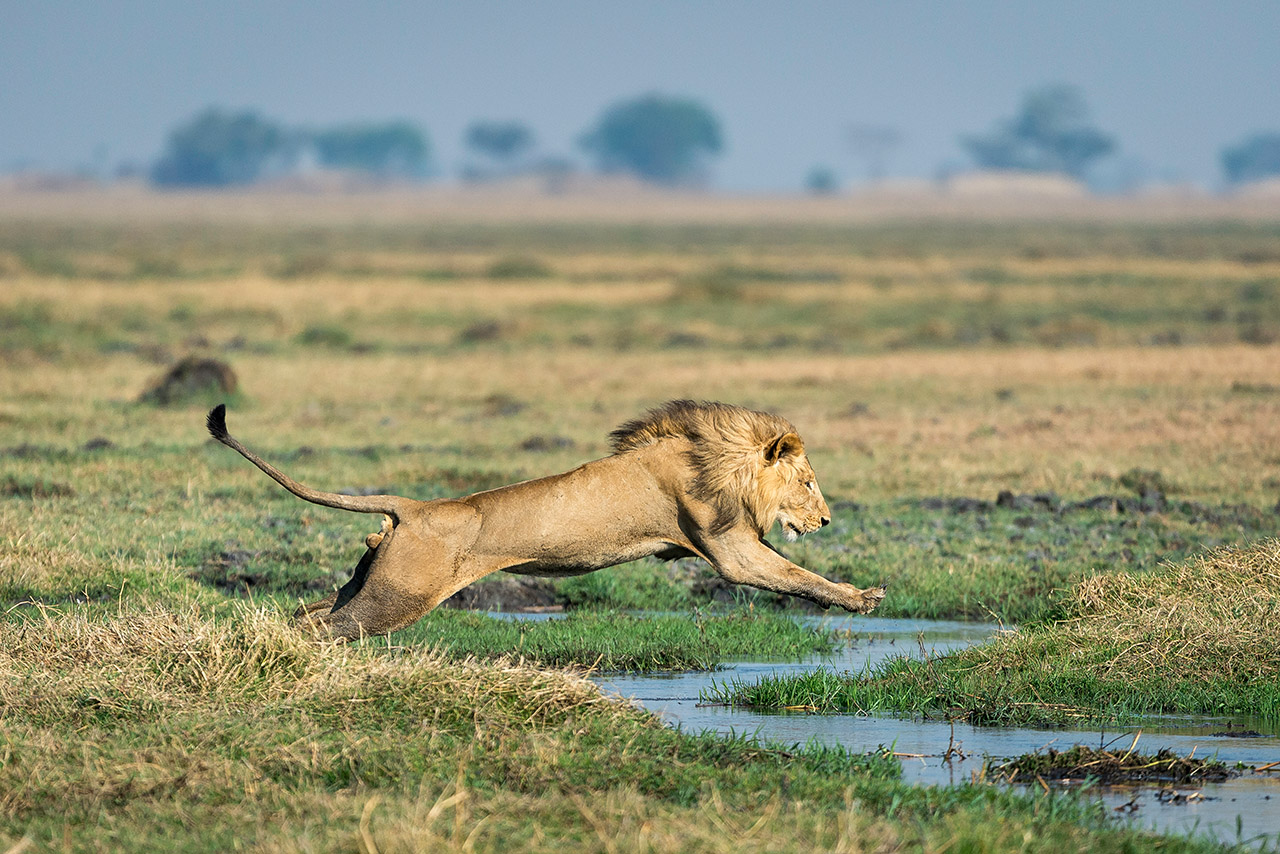
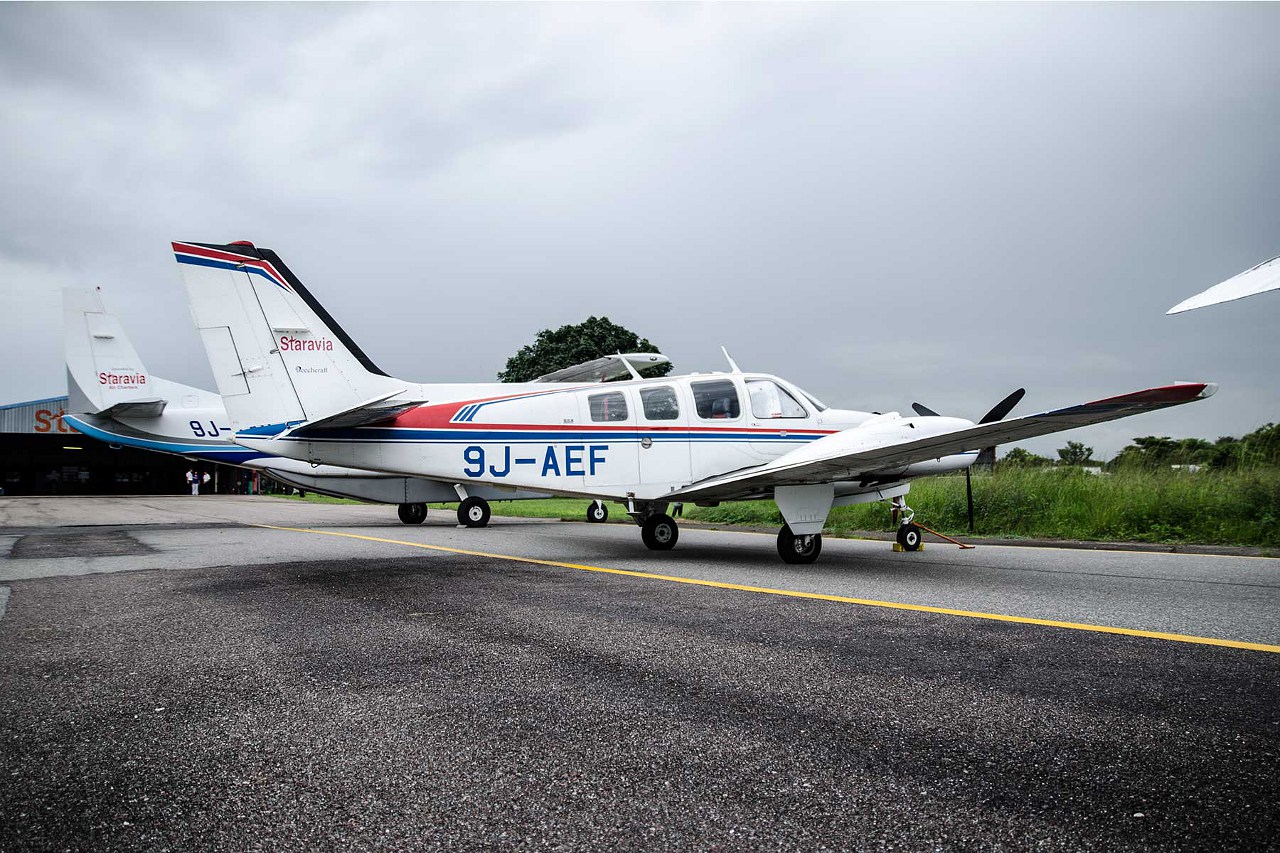

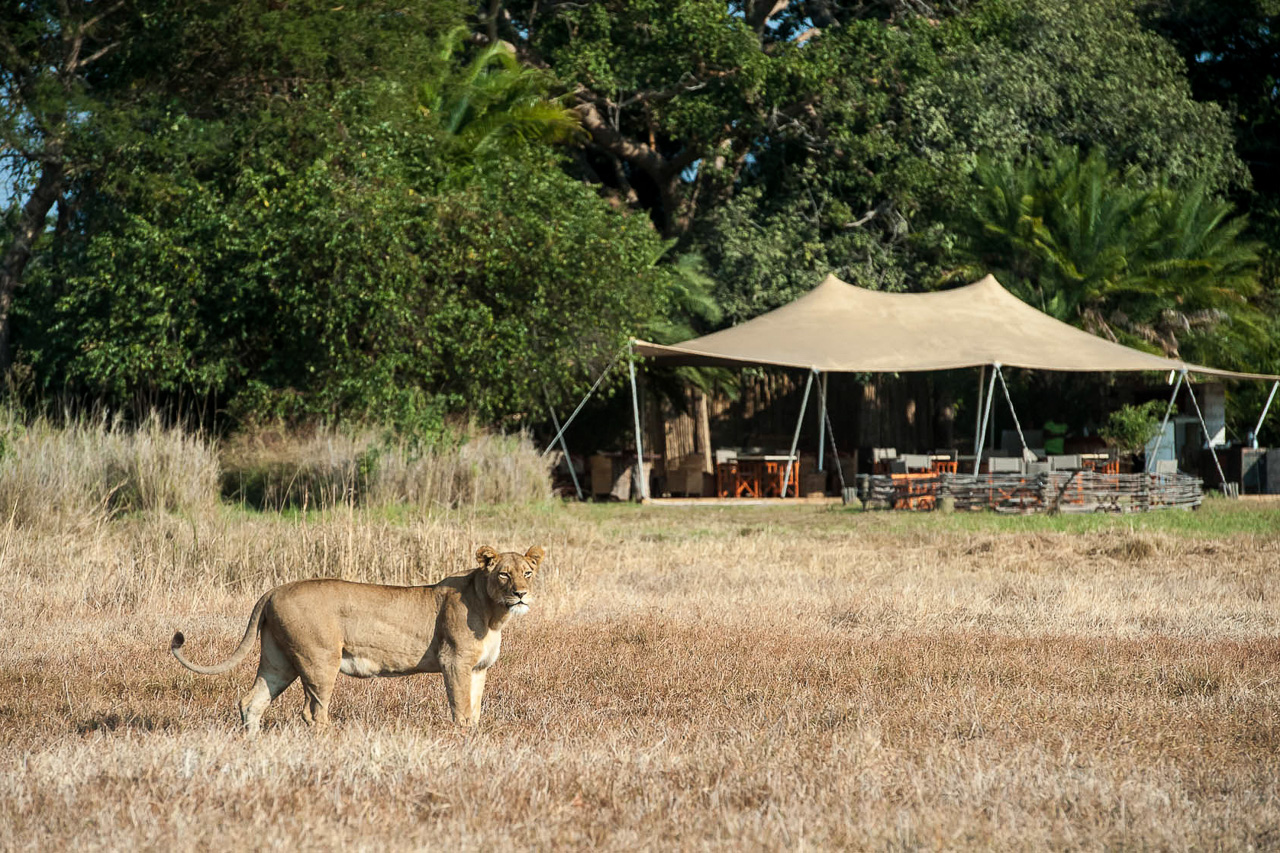
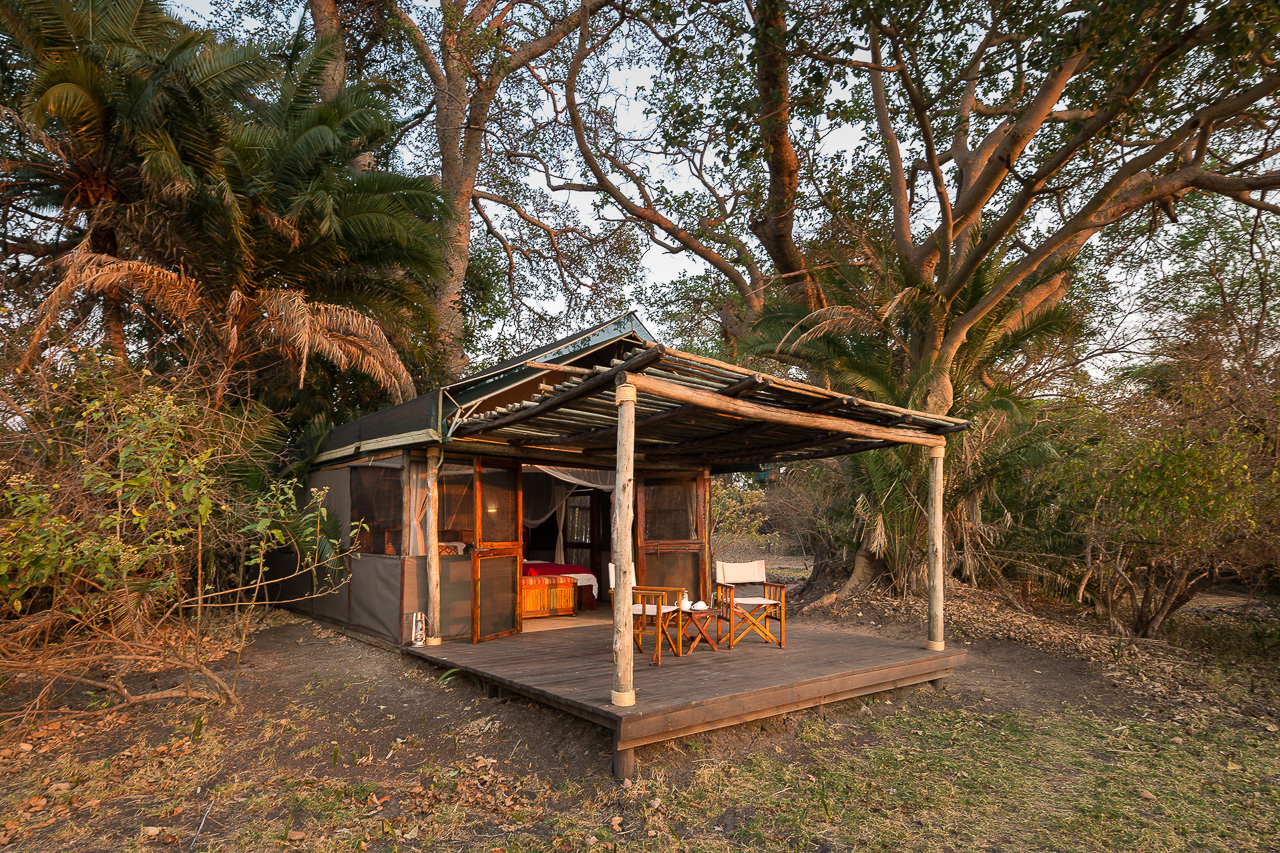
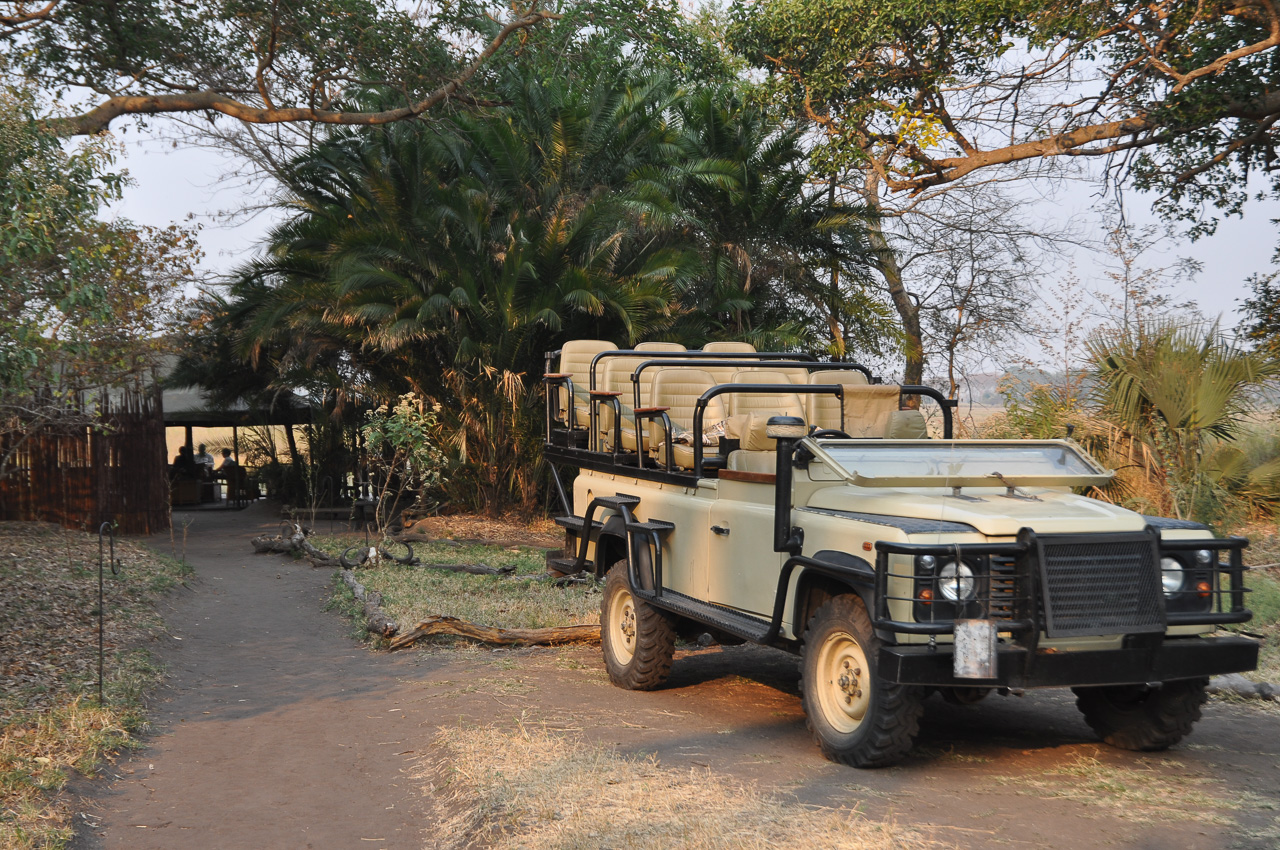
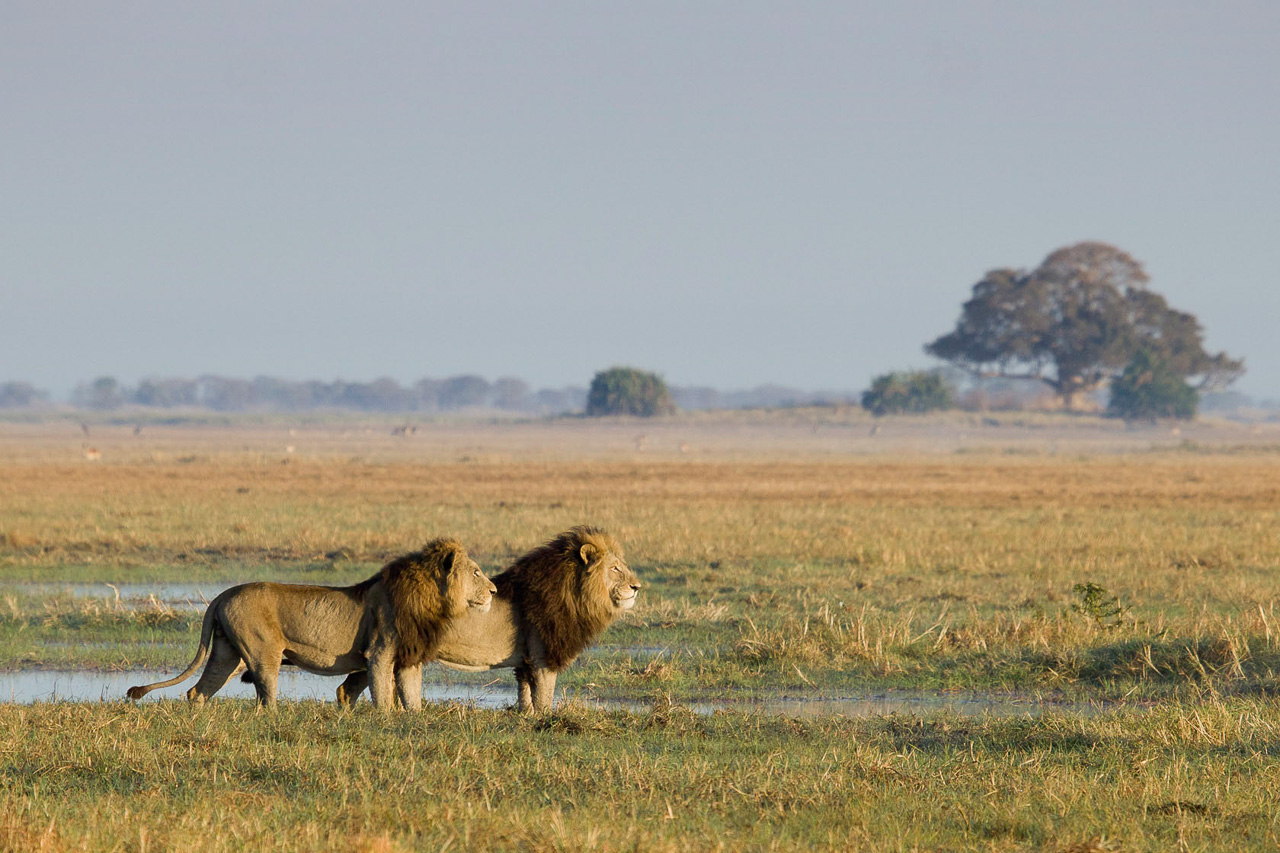
Accommodation
Busanga Bush Camp is a small, intimate camp with four double en-suite rooms positioned in pairs either side of the main building. The tents and main building are constructed at ground level offering guests a genuine bush experience. Those in need of a little more comfort can stay at Shumba Camp, which is located just 15 minutes away.
A fire pit is situated close to the main building, ideal for those cooler evenings, and a boma lit by paraffin lamps provides the setting for evening meals. Located just around the corner is the lookout point, which offers guests superb views of the plain to the front of the camp. Lions seem to love this place and visitors are well advised to take a quick look around before leaving their tents!
Kafue National Park covers an area of 22’400 km² which makes it one of the largest parks in Africa. The northern part of the park is home to the spectacular Busanga Plains, which flood during the wet season and gradually dry up again as October approaches. As the dry season progresses and the surrounding water holes dry up, more and more wildlife find their way onto the plains. Most camps open in May/June and close again in November when the rains arrive.
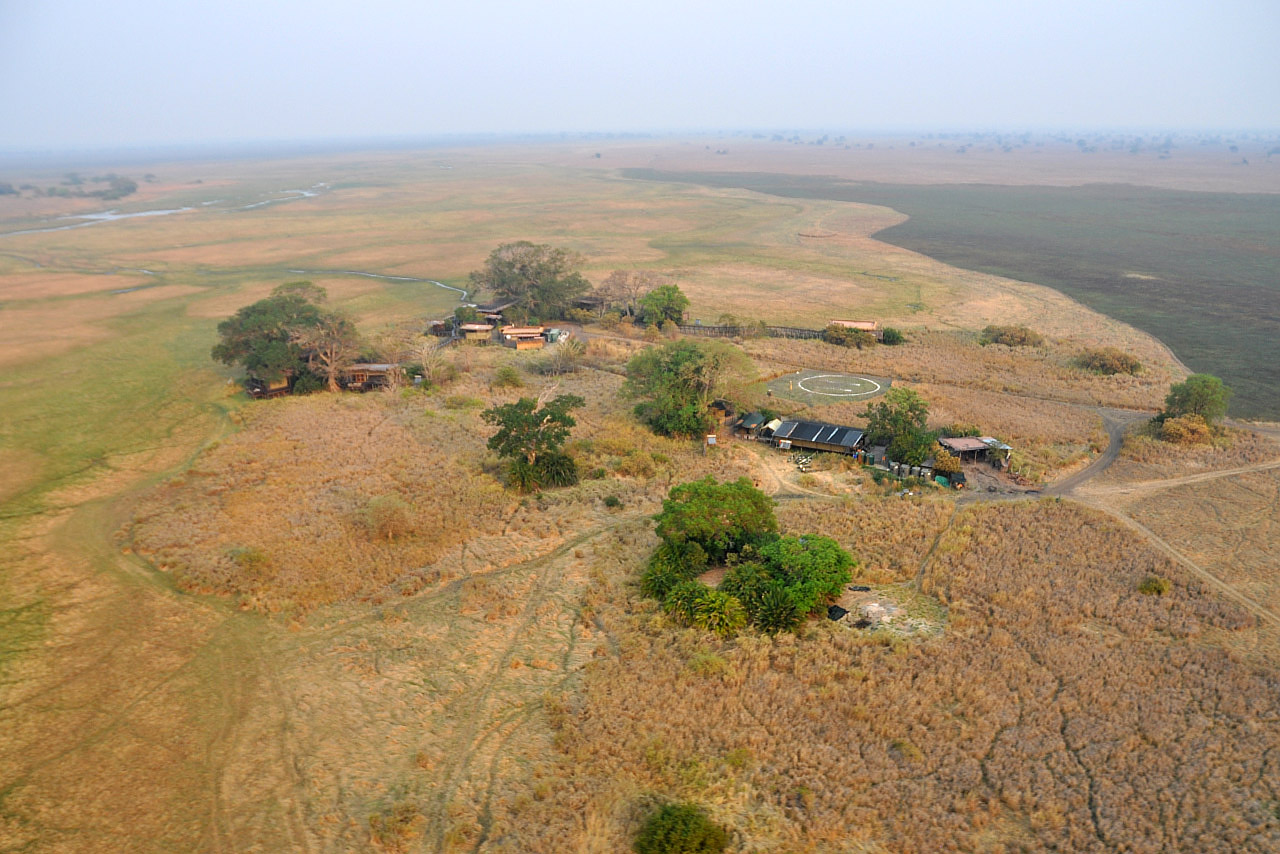
Kafue National Park sits at a height of 1350 m above sea level and covers 22’400 km². The three rivers Lufupa, Lunga and Kafue all carve their way through the park before being blocked by the Itezhi Tezhi Dam in its southern part.
The northern part of the park is home to the spectacular Busanga Plains, which flood during the wet season and gradually dry up again as October approaches. Flooding reaches its peak in March/April. Most camps open in May/June and close again in November when the rains arrive.
Busanga Plains supports a broad spectrum of wildlife, but not in large numbers. Nevertheless, it is definitely worth a visit, as there are not many places where you get to see wattled crane, crowned crane, sitatunga, puku, red lechwe, wildebeest, sable and roan antelope, leopard and lion all in one day.
The park also supports cheetah and wild dog. Elephant wander across the plains, but again not in large numbers. The Busanga Plains become a paradise for bird lovers from April to June: 491 species have been spotted here to date.
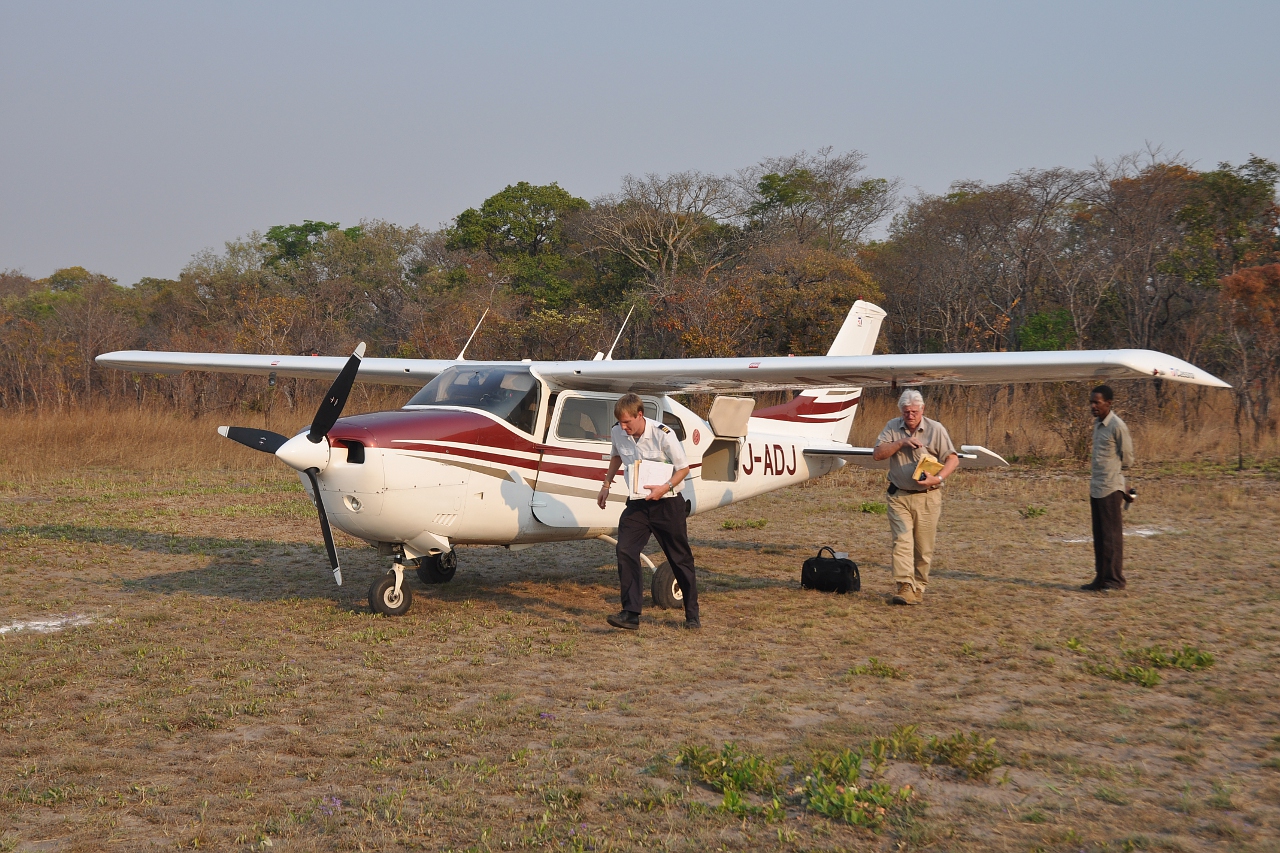
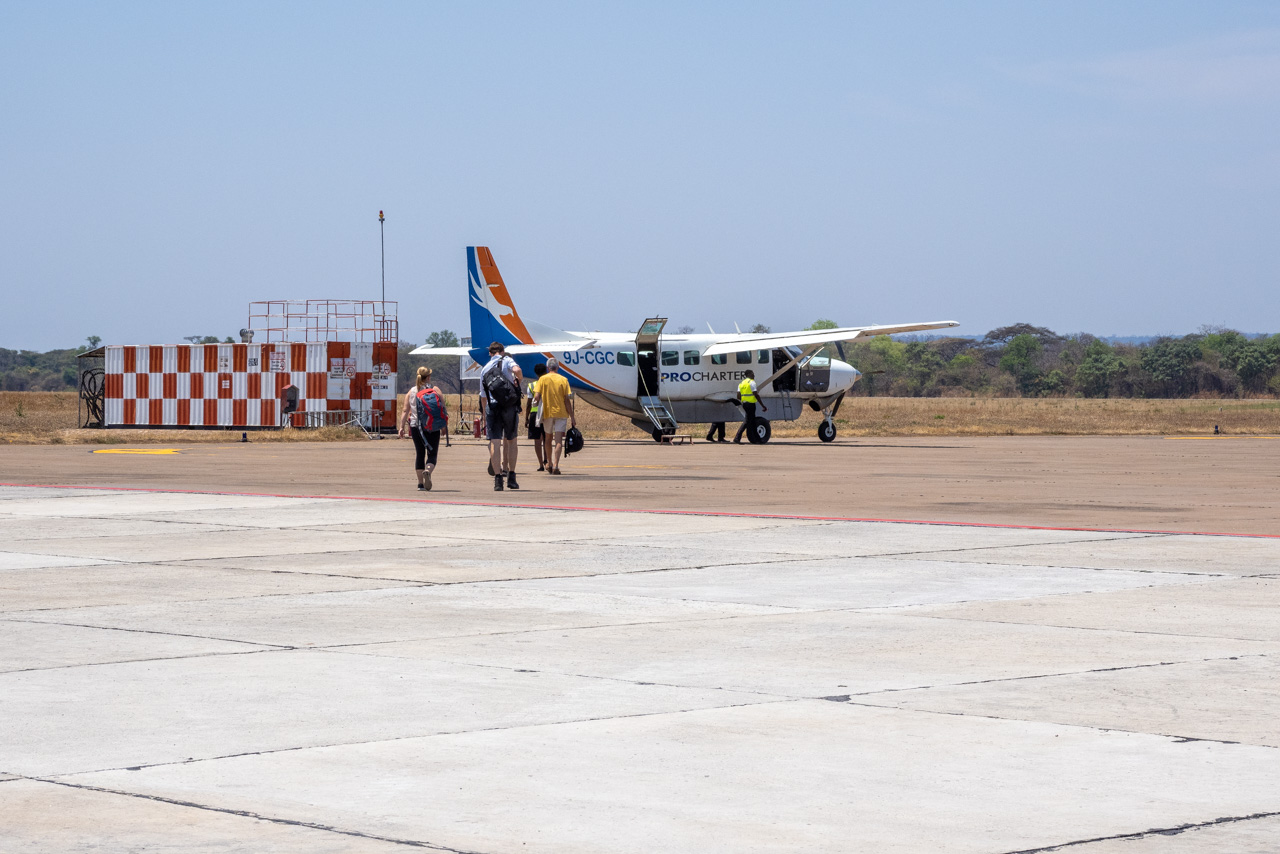

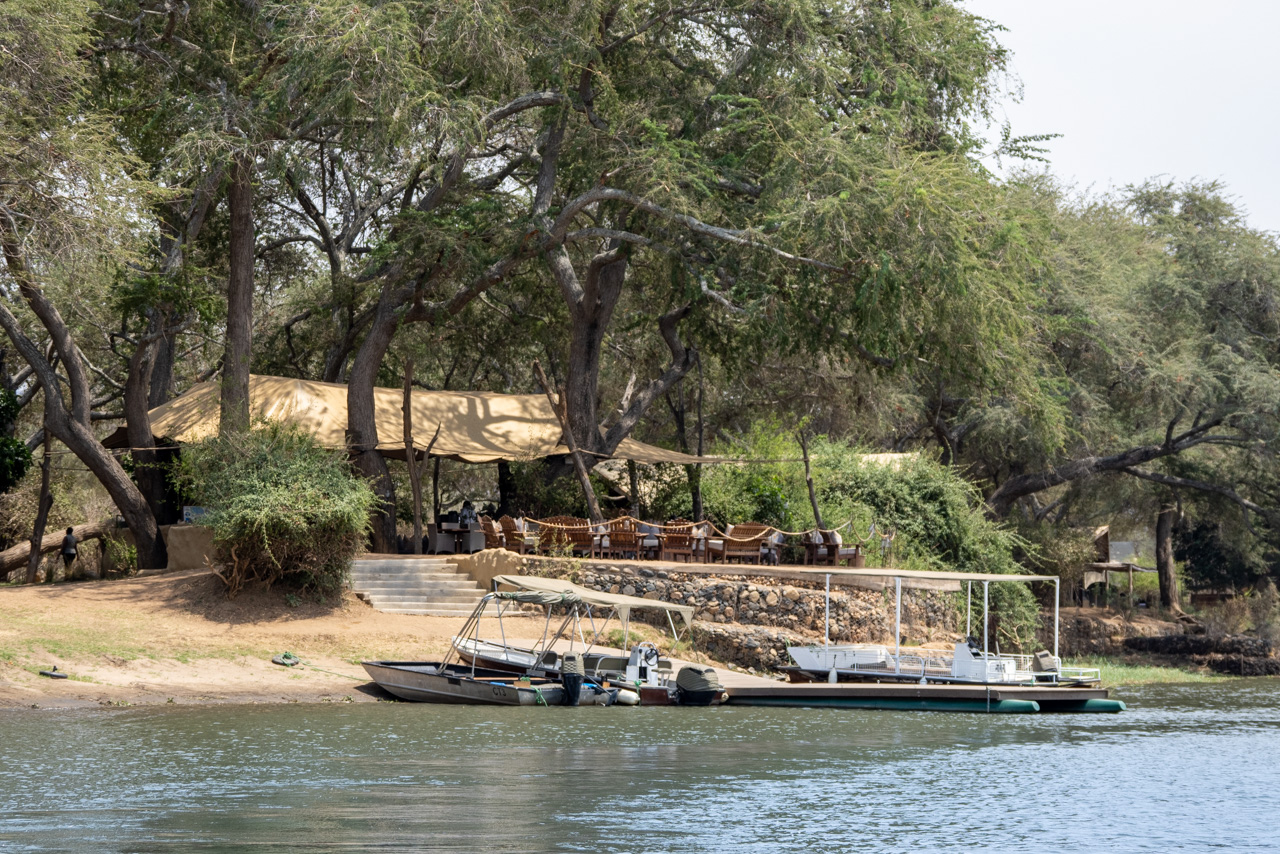
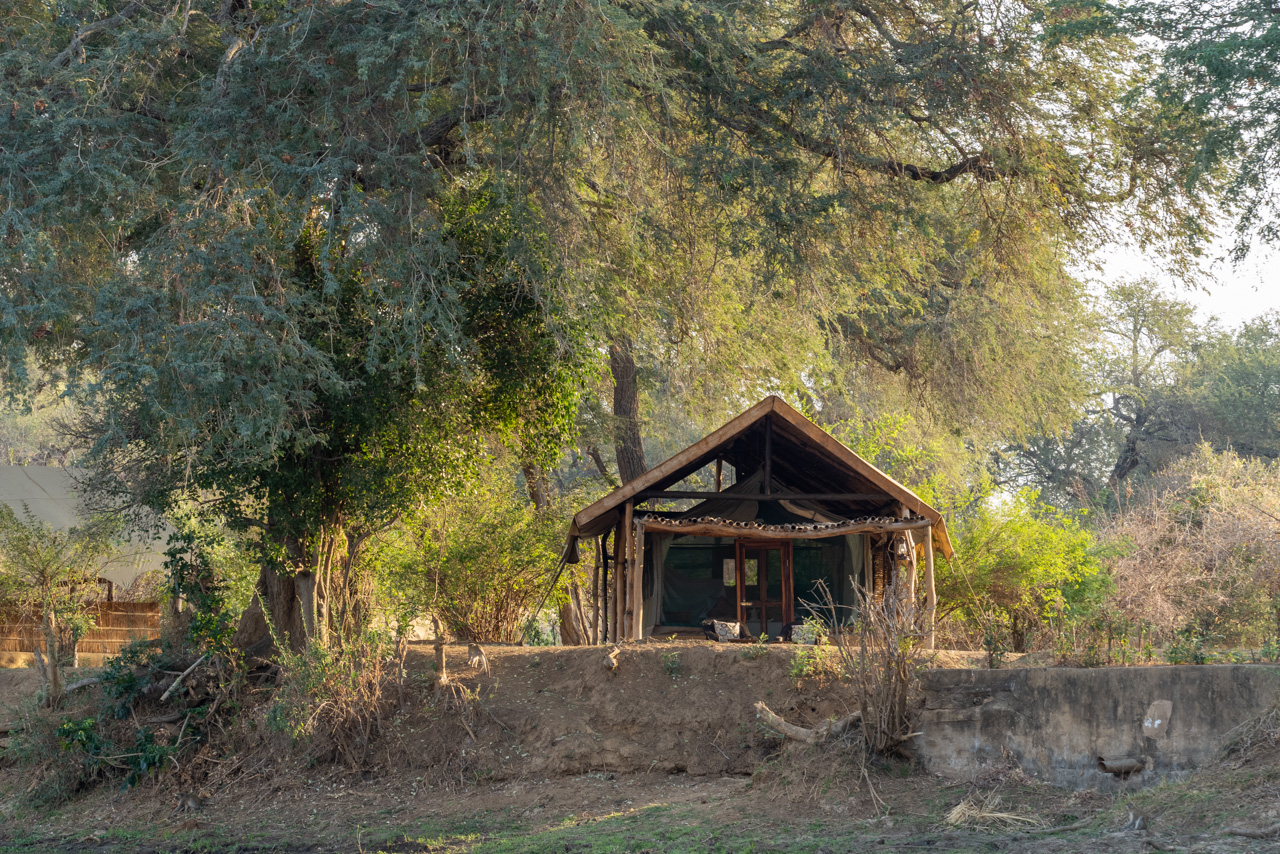
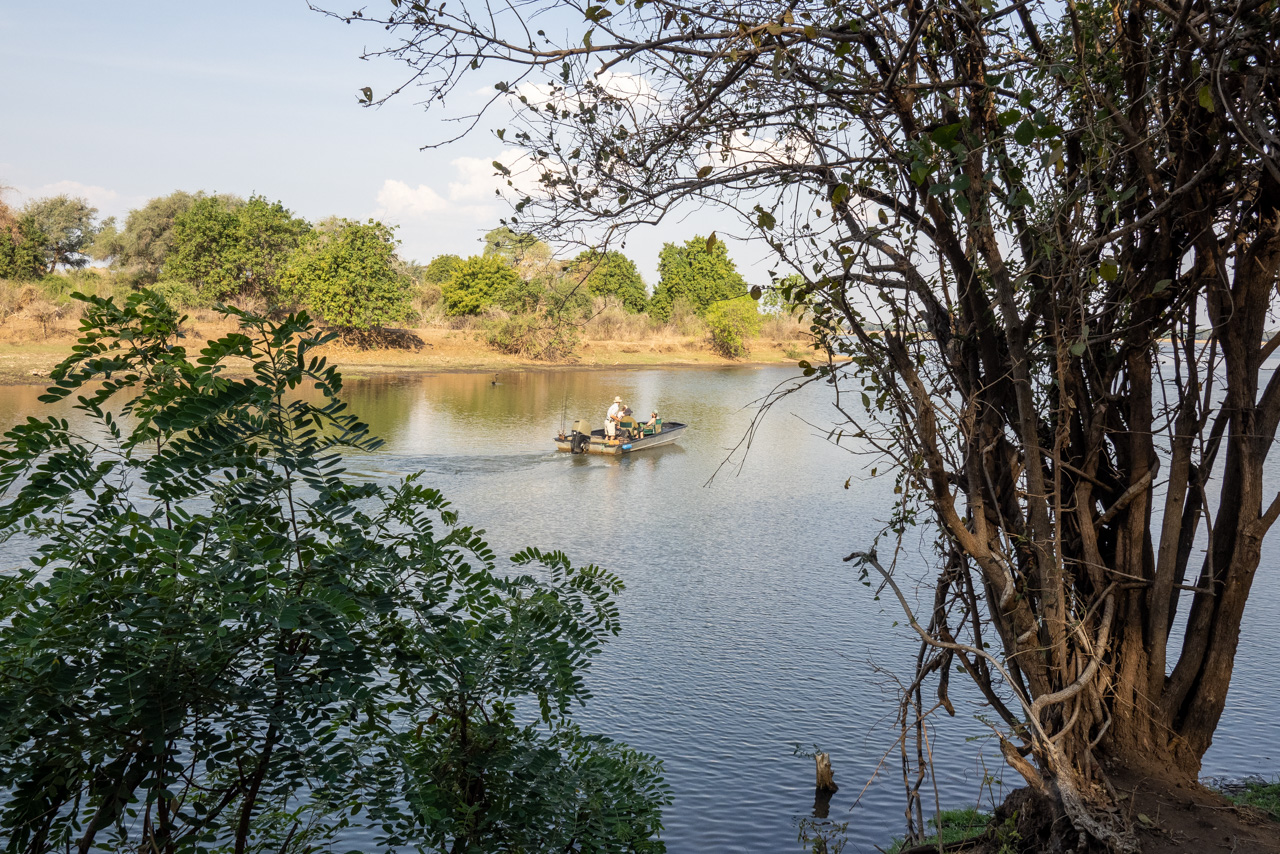
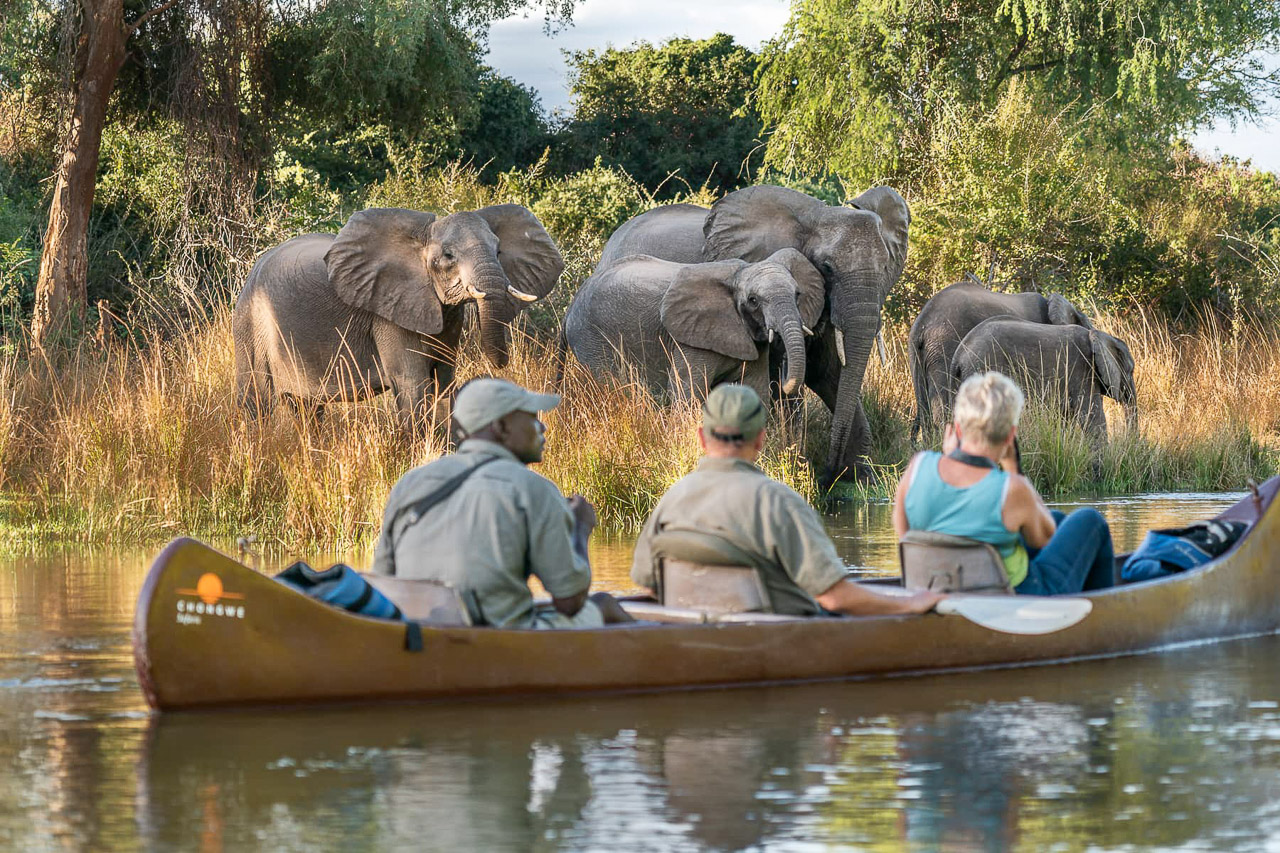
Accommodation
Chongwe River Camp is beautifully situated on the river of the same name and offers nine standard tents and two luxurious suites, the Albida Suite and the Cassia Suite. All rooms are perched on the very edge of the Chongwe River. The standard rooms are rather small, but comfortable and have a spacious outdoor open-air bathroom. The private deck invites guests to sit and watch the wallowing hippo.
The airy and very charming main building with bar, lounge and small curio shop stands under a canopy of shady trees. Dinners are usually served next to the open-air camp fire with fantastic views. Boats used for various water activities on offer at the camp are also moored here. A swimming pool - a bit further away - can be used to cool off during the hot months.
Albida Suite
The suite sleeps up to four guests in two large rooms separated by a dining area/lounge. The suite comes with a fridge, plunge pool and fire pit. Meals can be served in the privacy of the suite or at the main camp. A butler is on-hand to take care of guests' every need. The suite is ideal for families or a group of friends.
Cassia Suite
This suite sleeps two guests and comprises a bedroom with lounge and dining area, private plunge pool and fire pit. Meals can be served in the privacy of the suite or at the main camp. A butler is on-hand to take care of guests' every need. With its location at the far end of the camp and its spectacular views, this suite is perfect for honeymooning couples or guests who enjoy a little extra privacy. Cassia can be booked alone or together with the Albida Suite.
The camp is accessed by air from Lusaka to Jeki Airstrip in 40 minutes. A 5-minute vehicle transfer takes guests to the jetty, where they then board a boat for a one hour trip to camp.
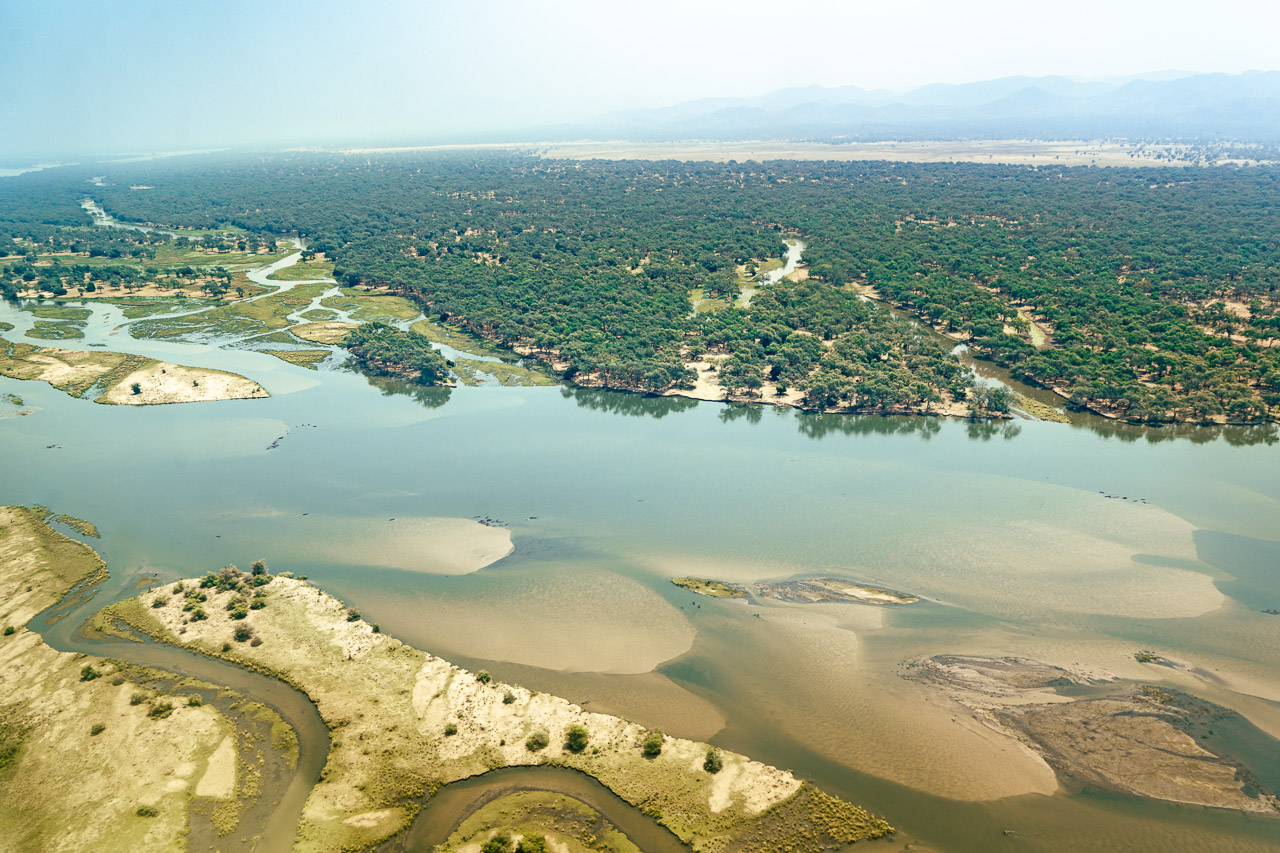
The camps are all located on the riverside, which pulls in large herds of elephant and buffalo. The best camps offer canoeing safaris on the Zambezi’s tributaries or trips on the Zambezi River in flat-bottomed boats. In addition to game drives, walking safaris are also usually on offer – there is something different to do here every day.
An abundance of elephant gathers in the Lower Zambezi region, and the pachyderms are permanent visitors to the camps, so keep your eyes peeled when walking back to your room.
It gets very hot and sultry in October, just before the wet season begins. If you keen on walking and suffer from the heat, please visit earlier in the season.

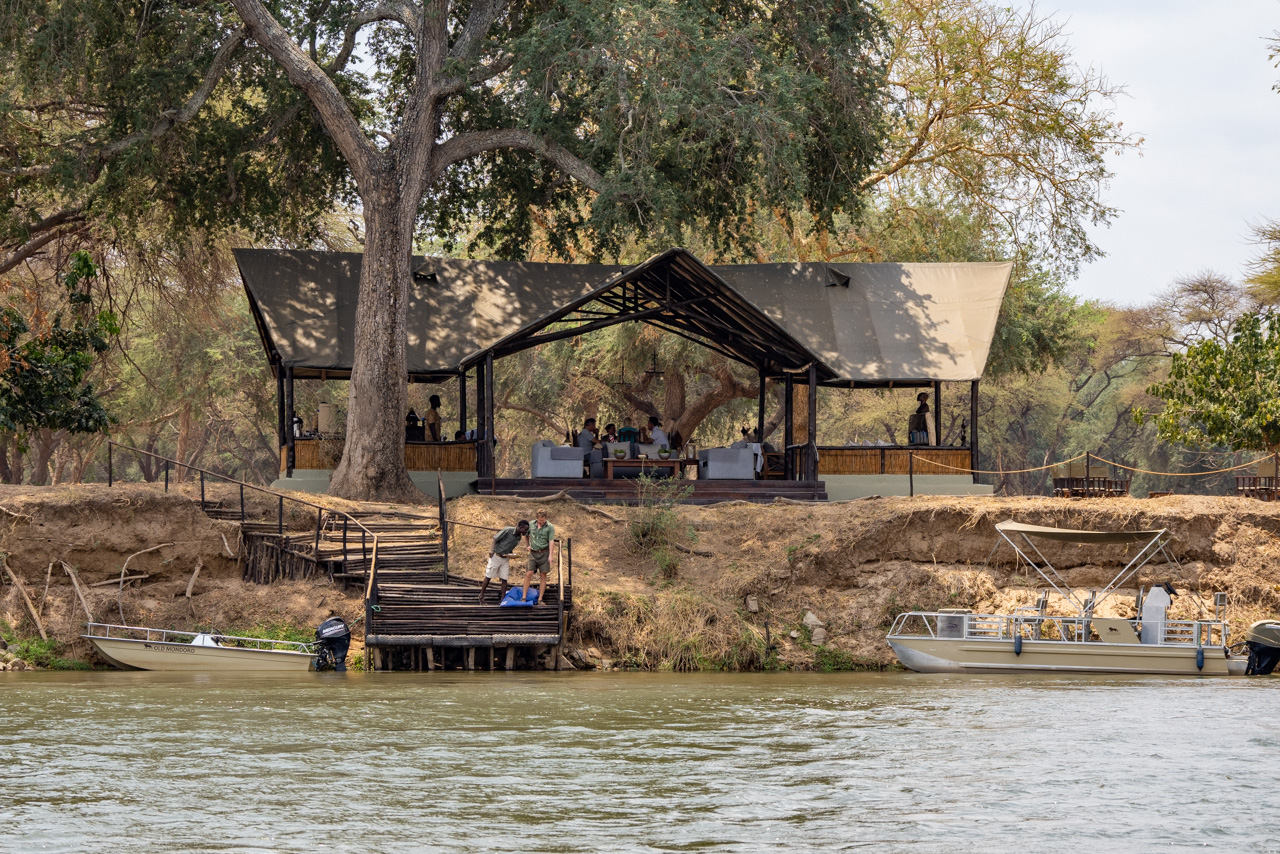
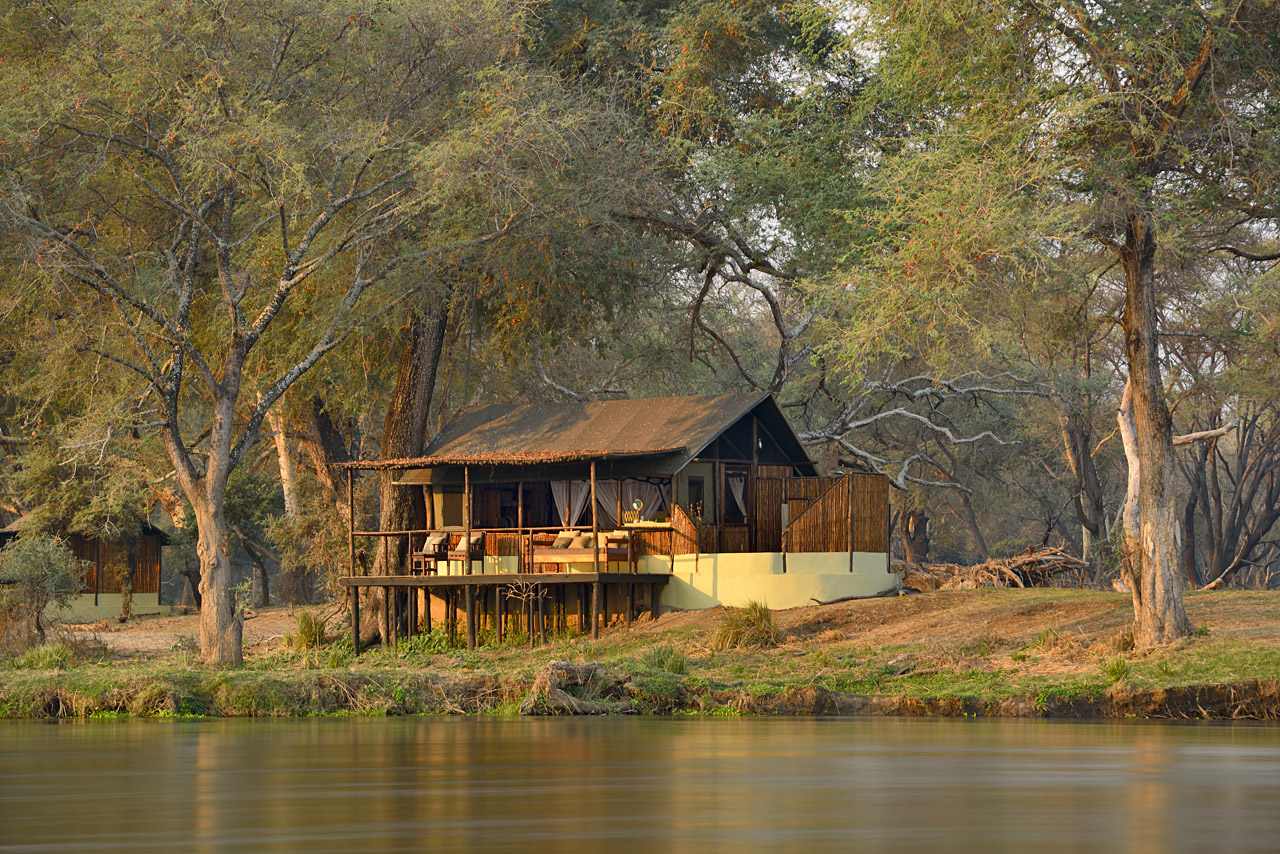
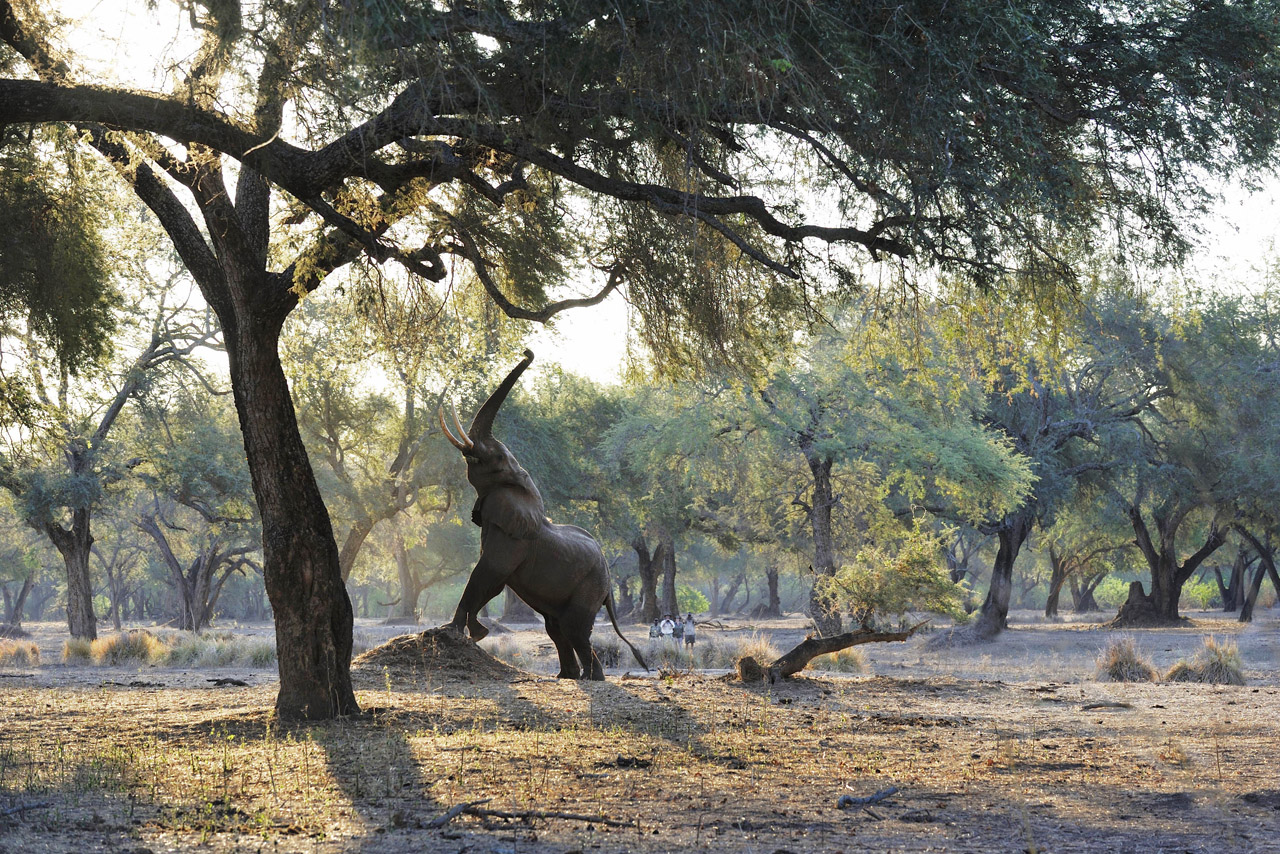

Accommodation
Old Mondoro Camp has withstood the trend for increasingly elegant safari accommodation and is distinguished by its authentic charm and fantastic location. The camp is owned by the same family that owns Chiawa Camp, excellent quality is therefore guaranteed.
Old Mondoro Bush Camp is a traditional bush camp with simple yet very spacious and charming guest tents, which are open on the side facing the river. A western style door leads onto the ground-level veranda, where a small sofa and chairs invite guests to relax and watch the inquisitive elephants that often visit. The tents come with a washbasin and toilet (electricity and warm water are available around the clock); the shower and a unique bathtub are open-air. The tents are open during the day and if requested, the canvas sides are rolled down at night.
Tents 1 faces the Zambezi, tent 2 has views of the Zambezi and the Old Mondoro Lagoon, and tents 3, 4 and 5 face the Old Mondoro Lagoon. In order to protect it from elephants, the main building has been built on a raised platform; meals are usually served here or under the stars. Due to the high number of elephants and buffaloes in camp, guests often need to be driven to their rooms.
Old Mondoro Bush Camp is situated in the eastern part of the Lower Zambezi National Park. The camp is accessed by air from Lusaka (45 mins) to Jeki Airstrip. A 30-minute vehicle transfer takes guests from Jeki Airstrip to the camp, which is located close to the Chakwenga and Zambezi confluence.
The camp is surrounded by enchanting forests and a slightly raised grass plain, which spreads out towards the west before being engulfed by a woodland stretching as far as the distant mountains.
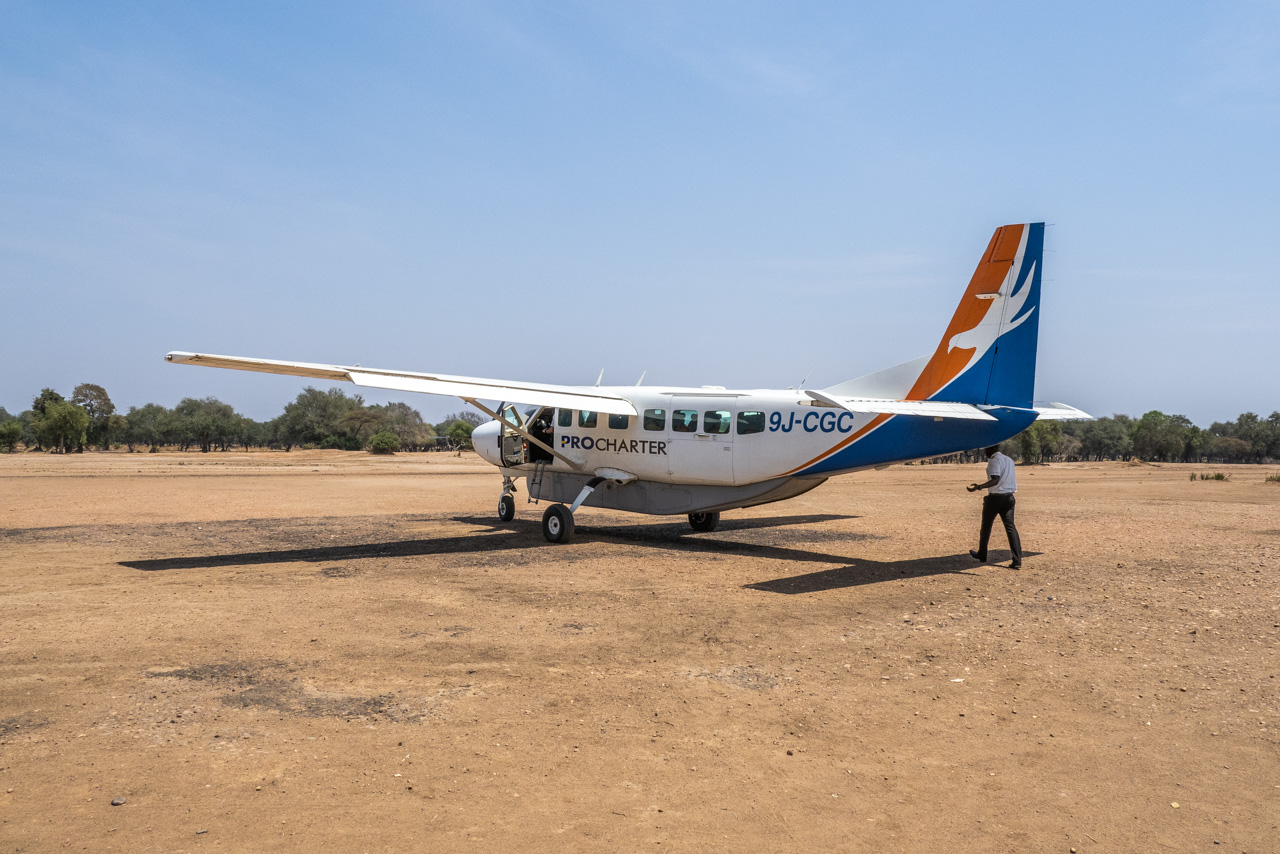
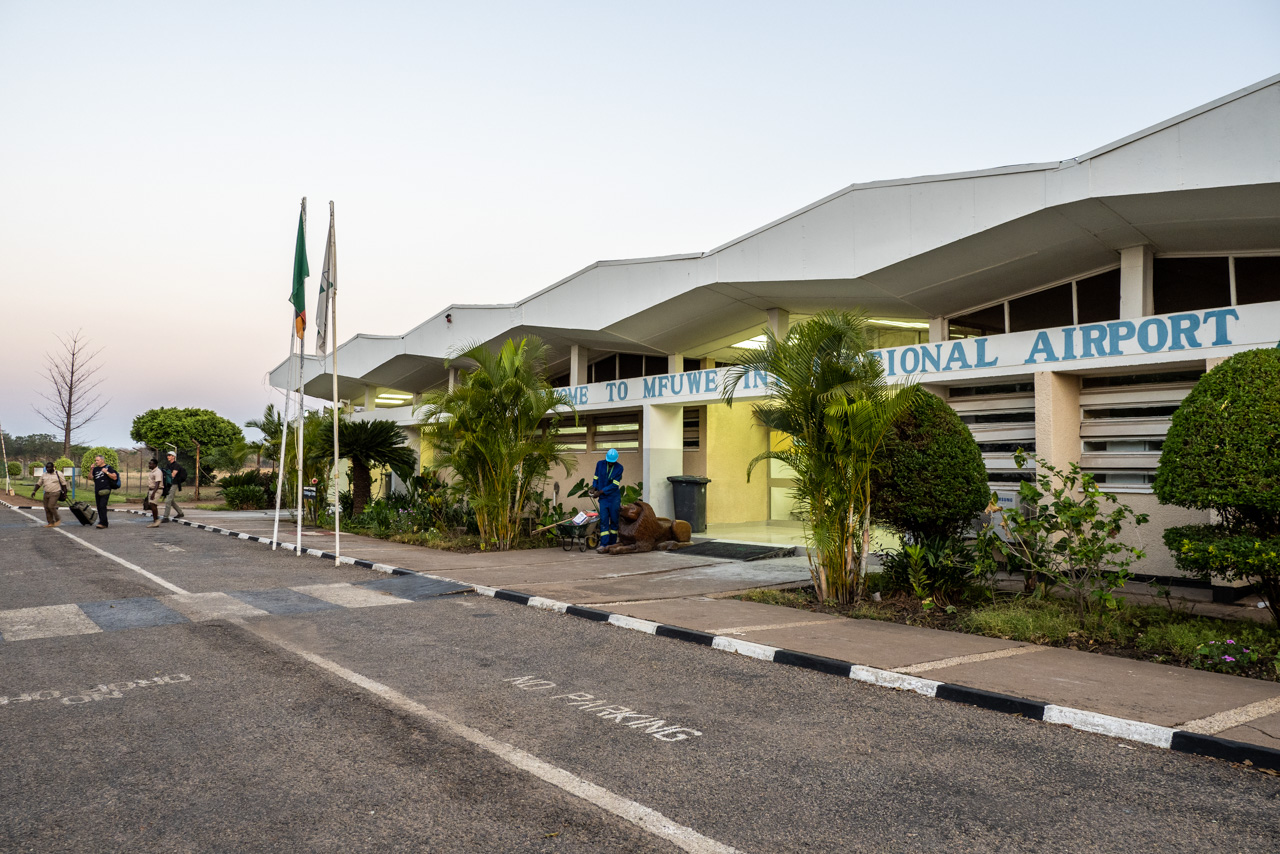

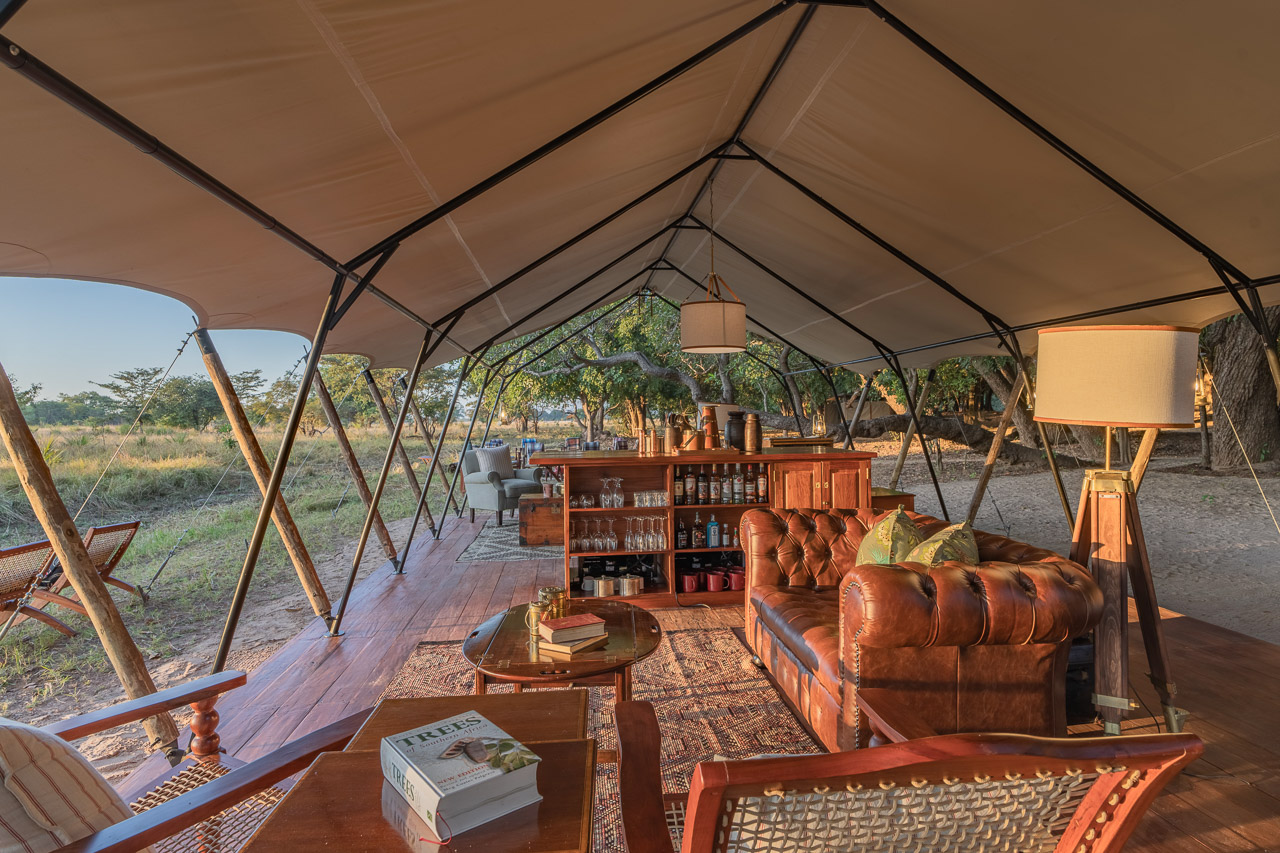
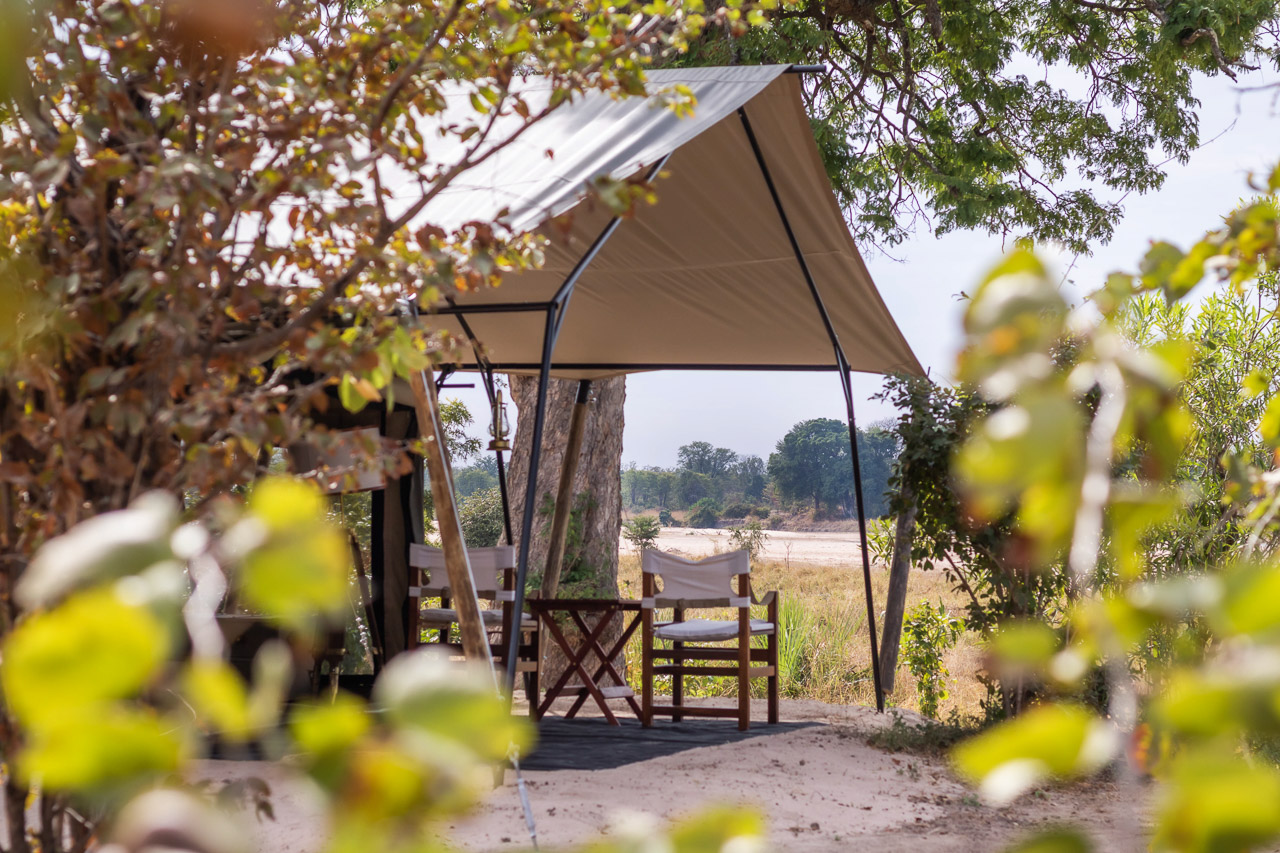
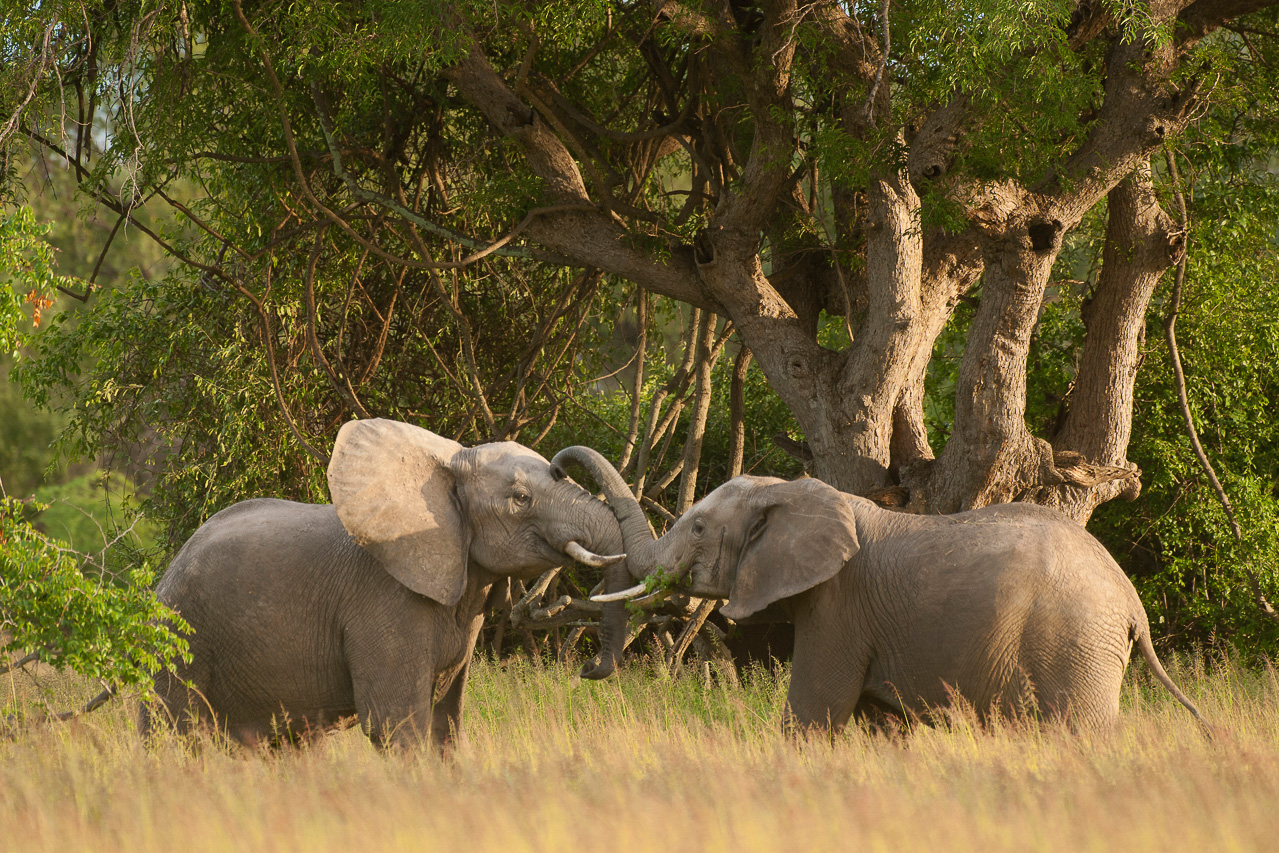
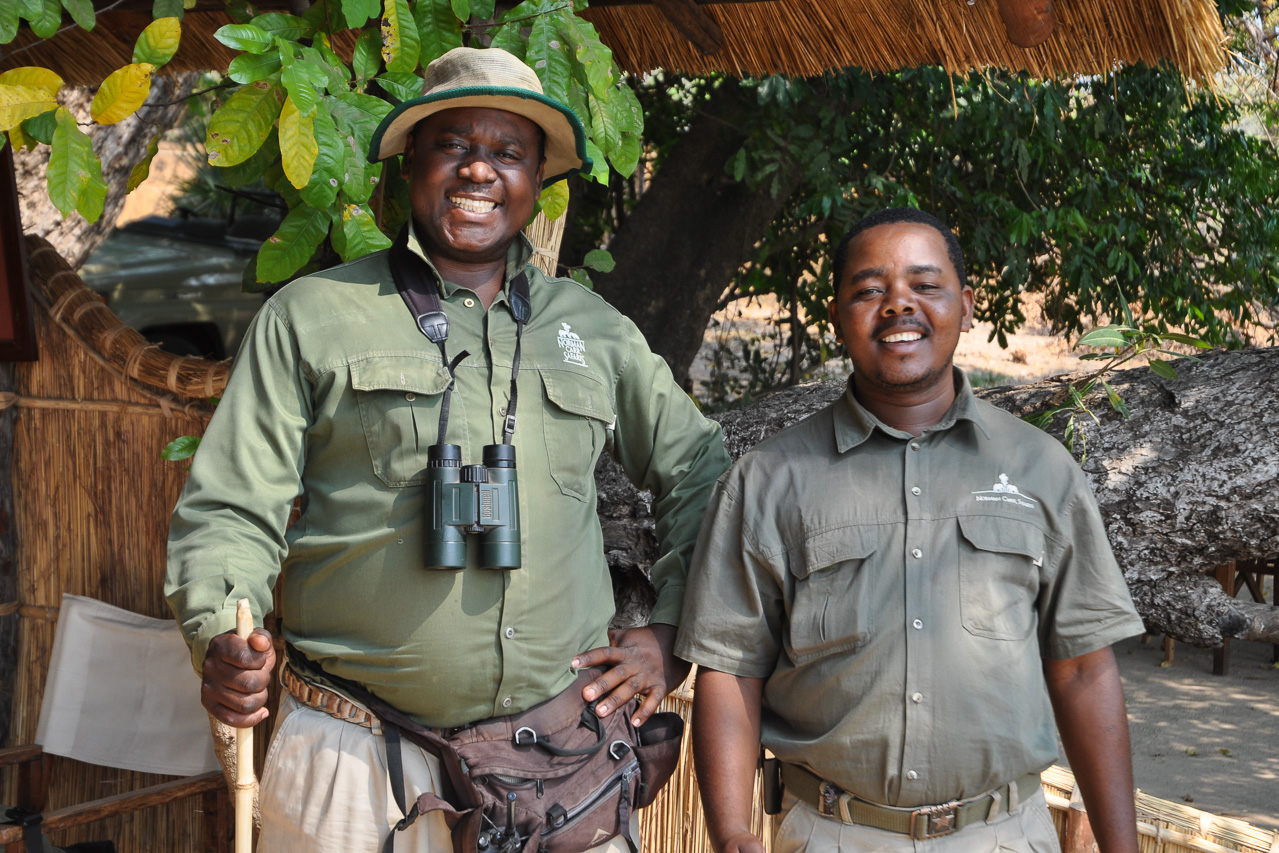
Accommodation Luwi Camp is the most remote of all Norman Carr Safaris’ (current time + tide) bush camps. With only four safari tents built under shade-giving trees a short distance from the dry Luwi River riverbed, it is a very private affair. Luwi offers a very authentic "bush-feeling", a unique experience for adventure seekers and nature lovers. In the evenings, guests gather around the bar or around the camp fire; dinner is usually served under the stars.
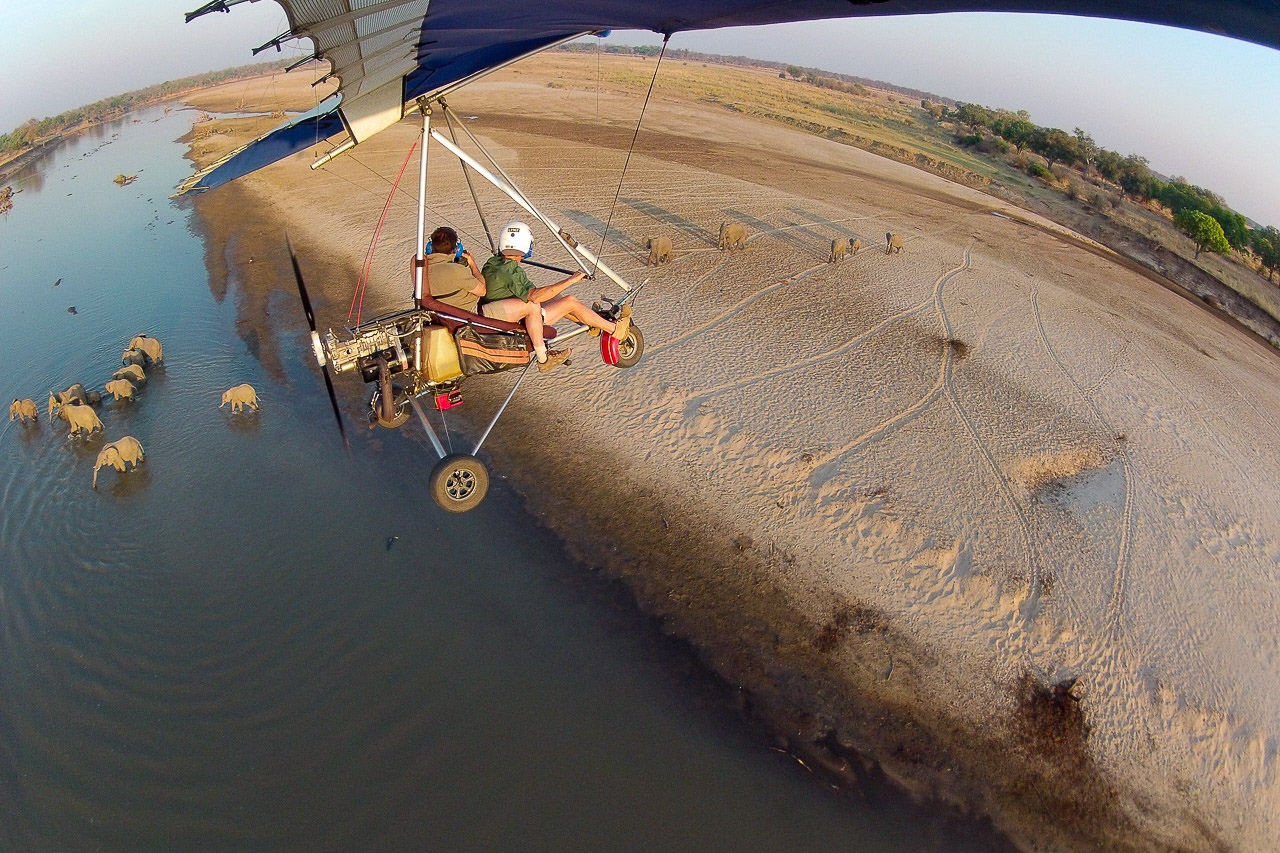
Most camps here are located close to the river, as this is where animals come to quench their thirst during the dry season. The dry season is also when the water level reaches its lowest point, exposing large sandbanks. The residual pools support high concentrations of crocodile and hippo, which tussle for the remaining water. When the wet season arrives in November, the water level rises rapidly, and the Luangwa becomes a raging torrent – it has even been known to take the odd camp with it.
The walking safari is South Luangwa’s speciality, and is available at every camp. At 500 m above sea level, the park is very hot during the summer months. If you’re not a fan of intense heat and don’t like walking safaris, then it’s best to visit earlier.
The Muchinga Escarpment, a natural boundary to the west, prevents the migration of animals. The park is bordered by the river to the east and extends into the Nsefu Sector, which stretches out from the other side of the river.
The park’s entrance gate is located at the town of Mfuwe, which has a small airport (this is where guests are picked up). Many of the less expensive camps are located outside the park, close to the main bridge. In our opinion, the central sector around Mfuwe Lodge suffers a bit from traffic coming in over the bridge. For this reason, we recommend that you avoid the main bridge and visit the southern sector, the northern sector or Nsefu sector to experience quieter safaris.

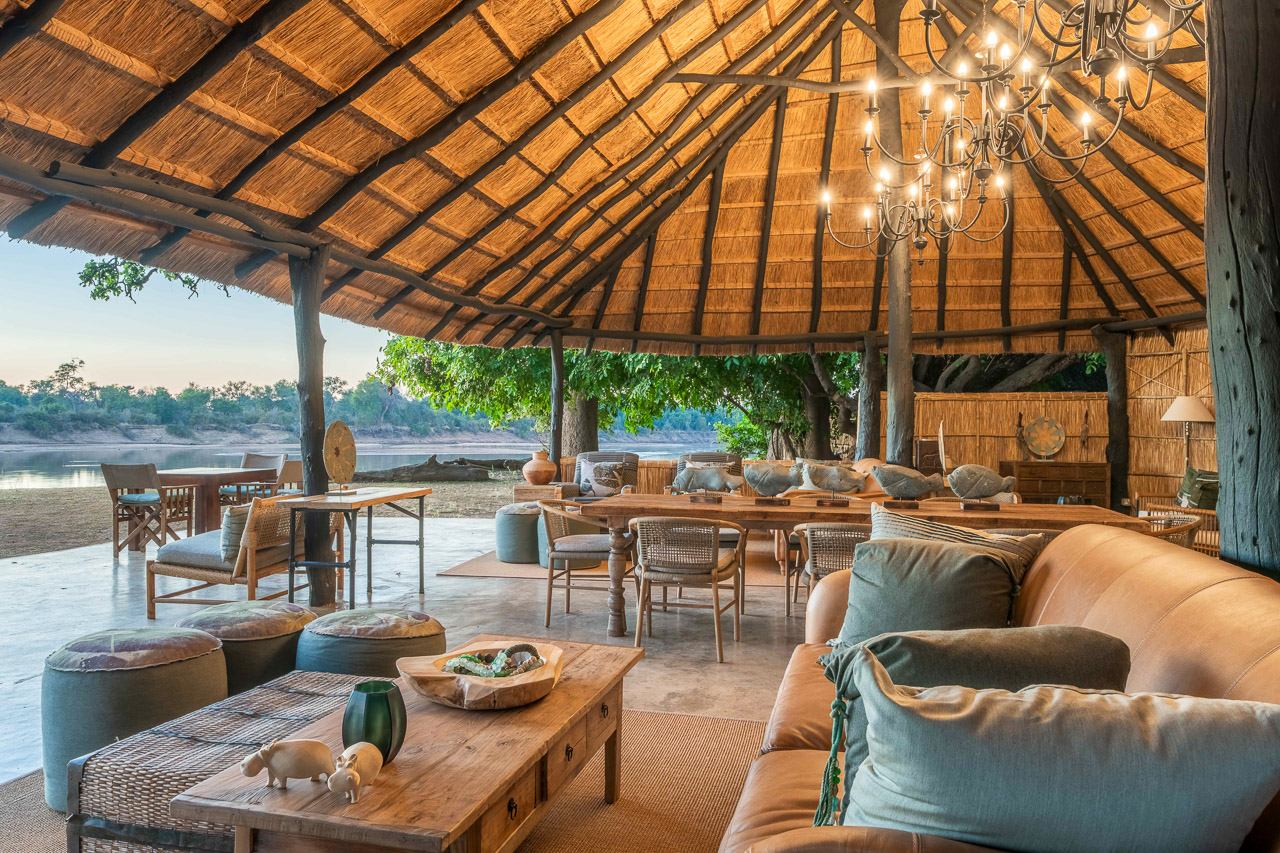
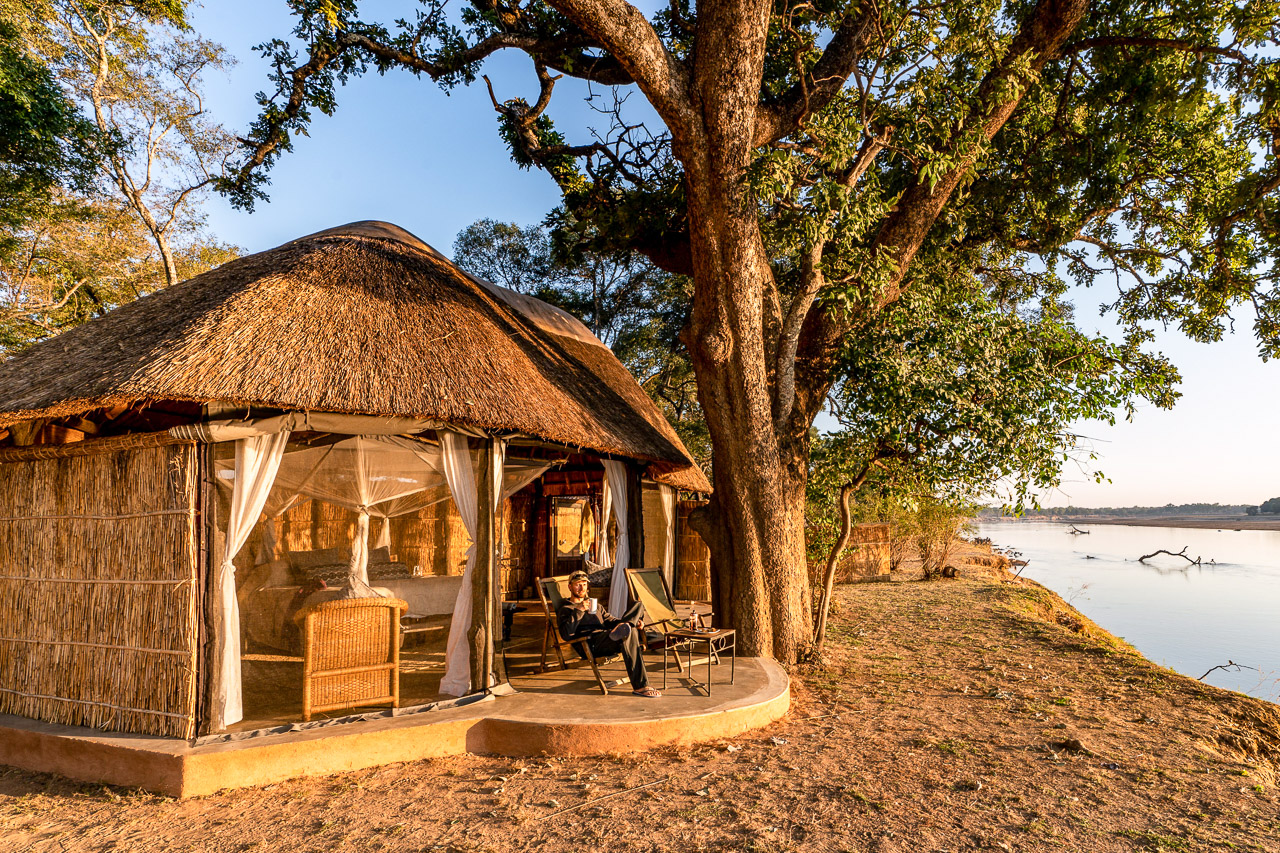

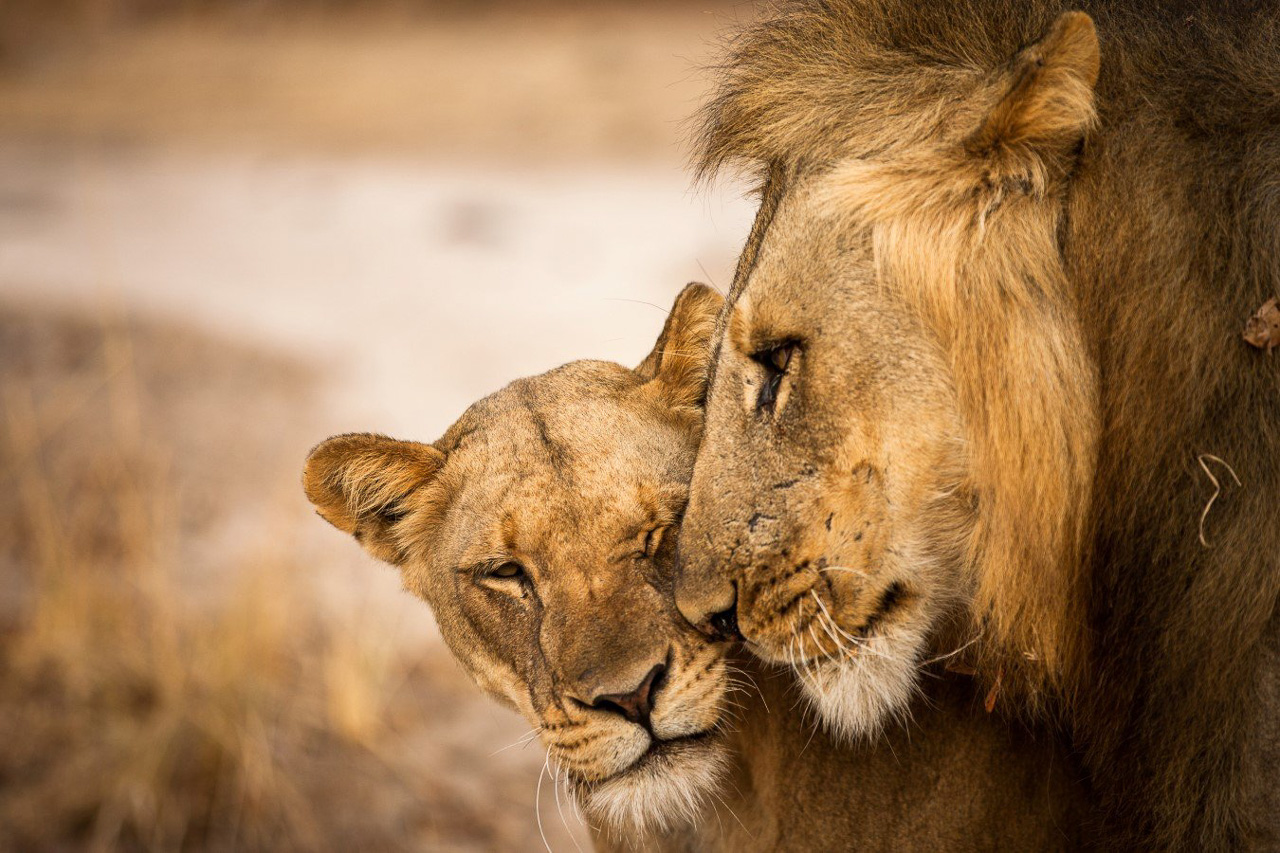
Accommodation
Mchenja Bush Camp is Norman Carr Safaris’ (current time + tide) most luxurious bush camp. „Mchenja" means ebony in the local language, matching the beautiful ebony forest which surrounds the camp.
Five wonderfully spacious, semicircular tents with characteristic thatched roofs and en-suite open-air bathrooms sit slightly elevated upon a rock floor. A canopy provides a sense of security, while the freestanding bathtub adds a touch of luxury – perfect after a multi-day walking safari. A wooden veranda allows guests to sit and watch the baboons at play as impala and bushbuck graze right in front of the tent. One of the rooms is a two bedroom/two bathroom family suite which is the perfect retreat for friends and families traveling together.
The main building comprises a bar, lounge area, dining table and a cosy and beautiful sitting area around the fireplace, where the day begins with breakfast in the morning and ends with a drink in the evening. Meals are often served under the open sky on the riverbank. At the far end of the camp there is a well maintained pool just be ready to share with the thirsty elephants!
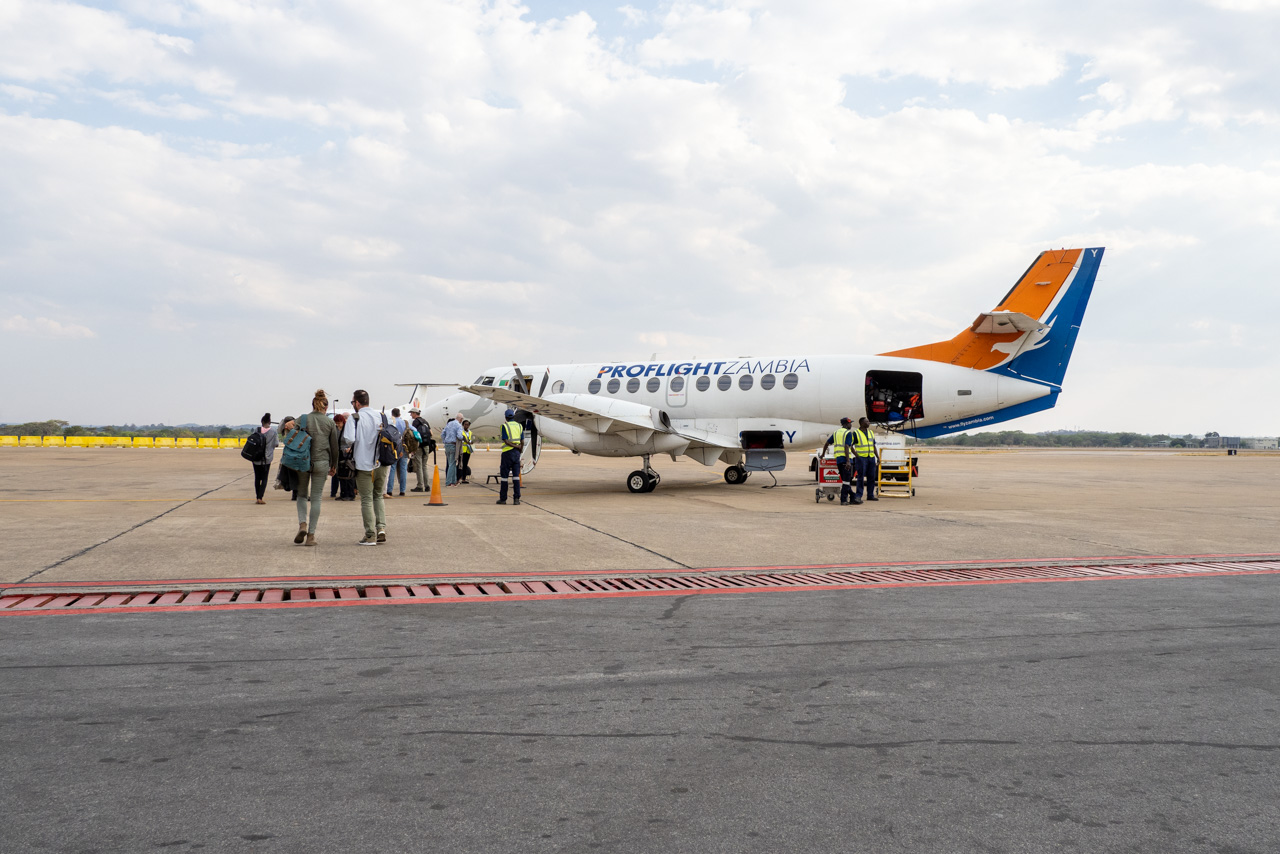
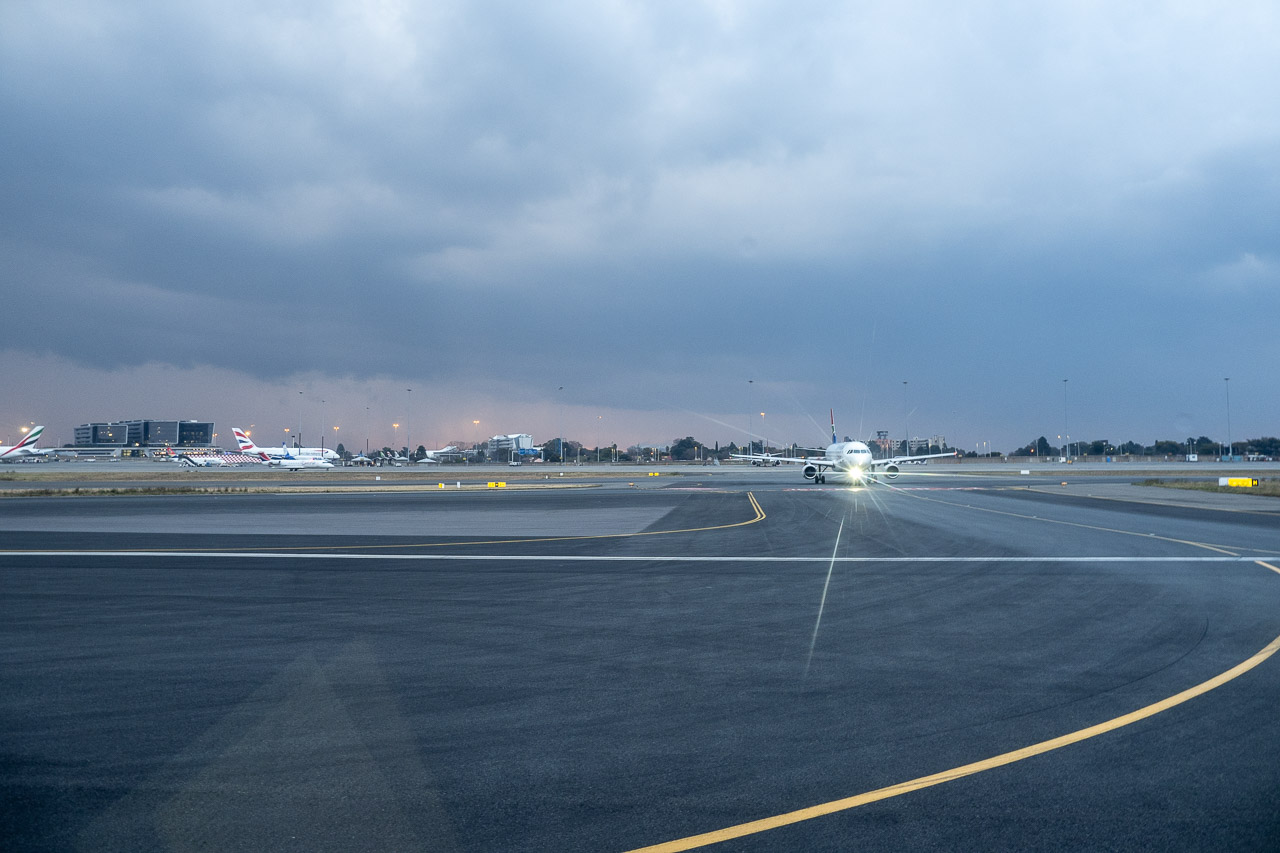
Basic Information
Individual journey. The journey will be planned on your preferred dates.
Duration 12 nights. Min 2 guests. Minimum age 12 years. Weight limit of luggage 20 kg. Luggage in one soft bag only.
Includes all transfers from Livingstone to the hotels/camps to Lusaka
- Busanga Bush Camp: Standard Room. All meals, drinks (except premier brands), laundry service, twice daily shared activities with one of the camp guides.
- Chongwe Camp: Standard Room. All meals, drinks (except premier brands), laundry service, twice daily shared activities with one of the camp guides.
- Old Mondoro Camp: Standard Room. All meals, drinks (except premier brands), laundry service, twice daily shared activities with one of the camp guides.
- Luwi Bush Camp: Standard Room. All meals, drinks (except premier brands), laundry service, twice daily shared activities with one of the camp guides.
- Mchenja Bush Camp: Standard Room. All meals, drinks (except premier brands), laundry service, twice daily shared activities with one of the camp guides.
Learn more about these areas










